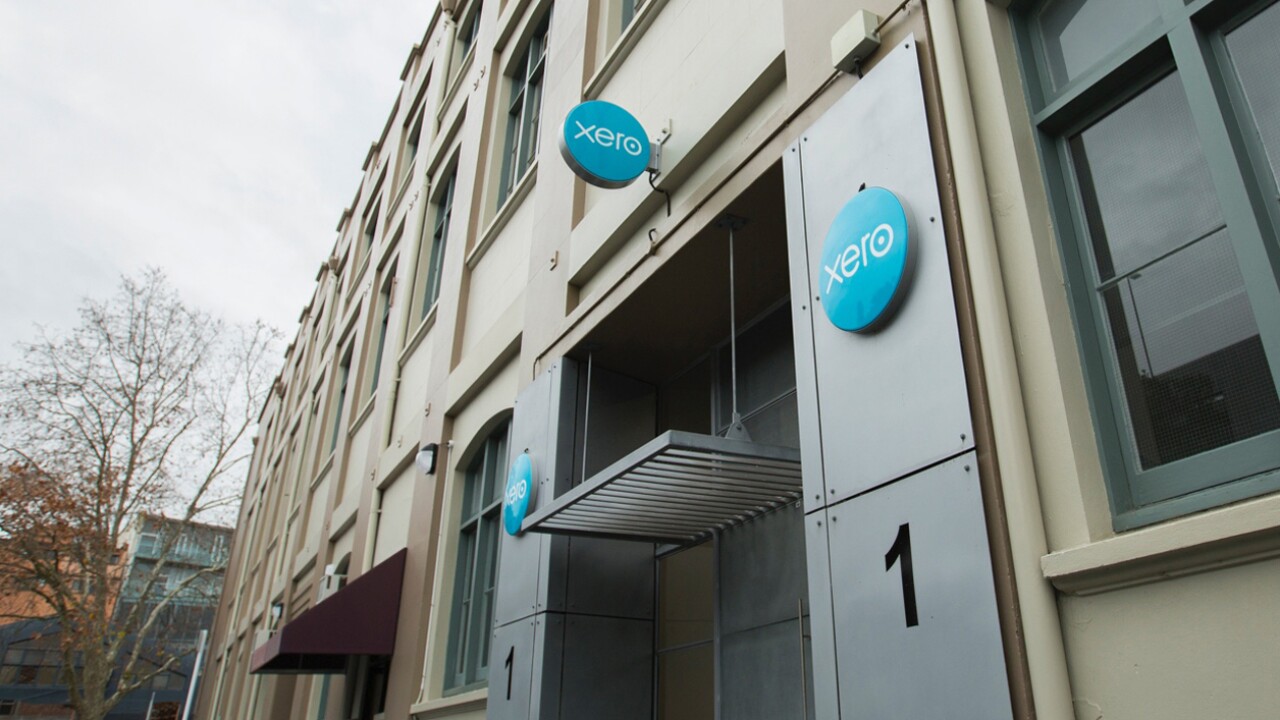Gone are the days of the traditional 9 to 5, Monday through Friday workday. Of course, some employees still maintain the traditional schedule, but small business owners are increasingly relying on the services of independent contractors with more flexible schedules as an integral part of their business model.
Broken down further, the data reveals that:
- Businesses with one to four employees utilize the most independent contractors (6.7 per employer).
- There is a slightly higher percentage of male independent contractors (51 percent nationally), but the percentage of female independent contractors is on the rise, increasing 1.5 percent during the past five years.
- The trade, transportation and utilities sector uses the most independent contractors among industries, while the manufacturing sector uses the fewest.
While many businesses may benefit from the use of independent contractors, utilizing different types of workers can bring different types of regulatory and tax challenges depending on where the business operates. As the use of independent contractors increases across the U.S., states — including California, Illinois and New Jersey — and courts are actively examining worker classification definitions, with the aim of potentially advancing greater worker protections. But
Some of the questions your small business clients may have on the work they do with independent contractors may be around classification and payroll requirements. According to the IRS, a worker is generally classified as an independent contractor for tax purposes if the payer (or business) has the right to control or direct only the result of the work and not what will be done and how it will be done. As such, the earnings of a person who is working as an independent contractor are subject to self-employment tax, but businesses should be aware that if a worker is intentionally misclassified, the IRS can mandate the business to pay all withholding taxes, plus interest.
There are several forms required when handling taxes for businesses that utilize independent contractors. Upon determining a worker’s status as an independent contractor, business owners should request the contractor to complete a Form W-9. This form is used to request the contractor’s taxpayer identification number; the TIN can be the contractor’s social security number or an employer identification number. This form should be kept on file for four years in case questions arise from either the contractor or the IRS.
With regard to payroll, companies aren’t generally required to withhold taxes from correctly classified independent contractors’ pay or pay the employer portion of social security, Medicare and state unemployment taxes, as they do with employees. However, companies are required to keep track of contractors’ earnings and report to the IRS those earnings on a 1099-MISC tax form for all contractors who earned more than $600 in a calendar year. Businesses must file Form 1099-MISC with the IRS by Jan. 31 if reporting Non-Employee Compensation in Box 7. All other 1099-MISC forms need to be filed with IRS by Feb. 28 (March 31, if filed electronically). Businesses are also responsible for providing independent contractors with a copy of the form by Jan. 31 of the year following payment. When filing Forms 1099-MISC with the IRS, businesses should also file Form 1096, which is used as an annual summary. This form should include the combined totals for all independent contractors paid $600 or more during the previous tax year.
As your clients, and maybe even your own firm, embrace the use of independent contractors for projects, it’s important to understand how an independent contractor differs from an employee and what that means for the business under federal and state law. Knowing your clients as well as you do, you can help them better ensure they’re aware of the applicable classification standards, so they can make the best staffing decisions for their business.





